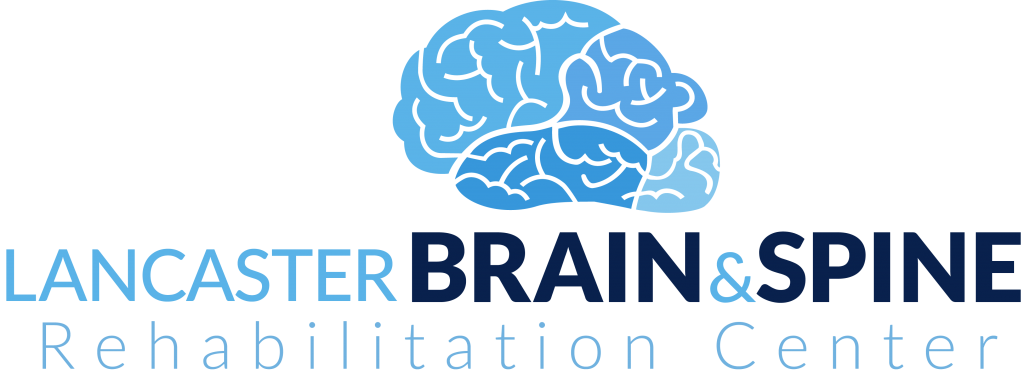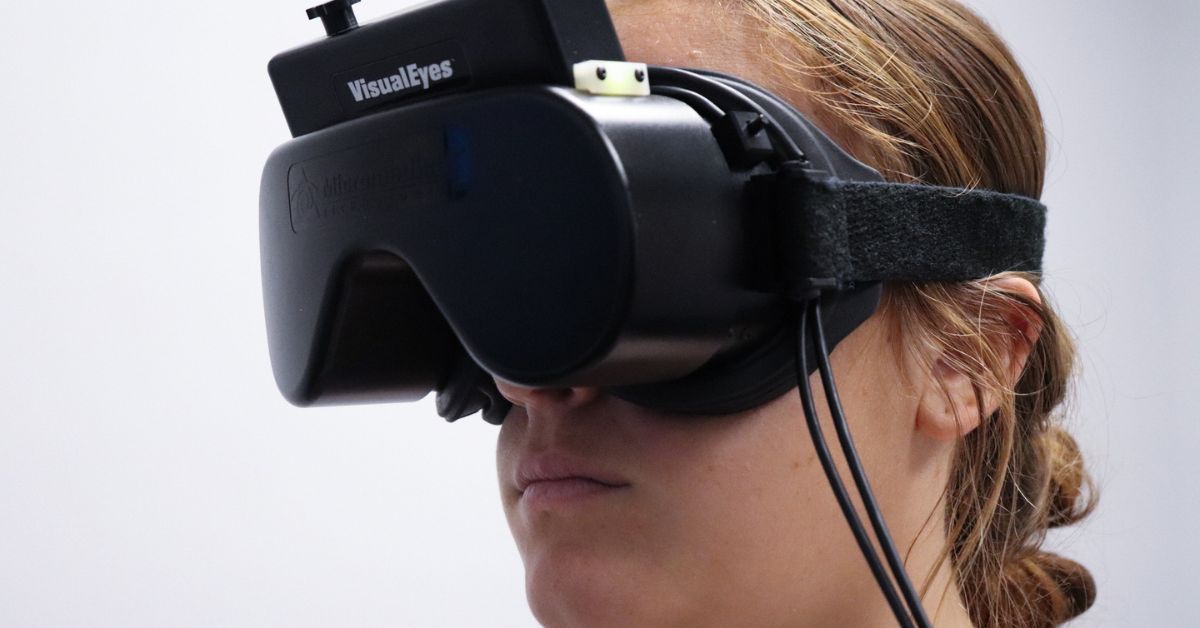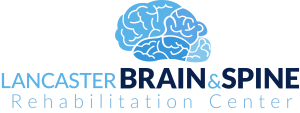Have you ever heard the saying, ‘The eyes are the window to the soul?’ This phrase usually refers to observing a person’s emotional well-being, however the eyes also play a major role in identifying neurological conditions. At Lancaster Brain & Spine, we use a combination of scientific research and cutting-edge technology to track and treat our patients’ health. Tools and equipment help our professionals identify a range of conditions and underlying issues so we can serve our patients better.
Take videonystagmography, for example. This diagnostic equipment uses goggles positioned across your eyes. And although they look like regular goggles, these are infrared cameras situated inside the equipment that track eye movements. There is also built-in technology that locally saves those recorded eye movements — and this is the most important part for medical professionals, as it helps us to:
- Pinpoint irregular or unusual eye movements
- Identify exactly when those movements occur
- Collate evidence that the eyes are reacting unusually
So having access to this data allows us to better identify symptoms than could be expected with the naked eye. This leads to better detection of underlying conditions or chronic symptoms that may have been previously missed or misdiagnosed. For example, if a patient came in suffering from severe dizziness, videonystagmography allows us to capture exactly when the dizziness is occurring so we can better understand and then treat the underlying problem.
As a diagnostic tool, videonystagmography can accurately capture and record your eye movements even in the dark, which gives us more possibilities to identify and test for, depending on what our patient is experiencing. This advanced technology can track movements faster and more accurately than any person alone, no matter how qualified or experienced they are, resulting in the best possible identification method.
What Symptoms Can Videonystagmography Help Diagnose?
As a diagnostic tool, videonystagmography can help diagnose a wide range of symptoms, including:
- Acute or chronic dizziness
- Concussions
- Balance
- Brain injury or dysfunction
Let’s say you come into our clinic because you’re experiencing dizziness. When it comes to a symptom like this, it can be hard to determine exactly when or why the feeling is occurring. By using the detailed videonystagmography data, we can determine the exact point at which the dizziness is occurring, which helps us narrow down the cause — we call this localizing the issue.
We’ll test your symptoms by rotating different parts of your body and measuring your reaction to the various movements in different positions. Some patients find dizziness occurs when they roll over, sit up or lay down, and the videonystagmography tests allow us to verify the sensations with tangible data. By combining a patient’s verbal explanation and physical exam findings with the videonystagmography results, we can create a customized treatment plan to treat your specific symptoms.
What Does The Videonystagmography Process Look Like?
When you come into our Lancaster, PA-based clinic, we get you set up with the videonystagmography equipment. That involves sitting at the appropriate distance (which we would determine) and calibrating the equipment. Next, one of our specialist team members will fit the goggles onto your face to ensure they’re comfortable.
These diagnostic sessions last 30 minutes and typically start by having you look straight ahead in the dark. Your baseline is determined during calibration using visual gaze. We’ll start your test in the dark to look for any spontaneous movements called “nystagmus” that can indicate vestibular disorders or other disorders of central brain processing. This tells us if your eyes are moving as they should be without a fixed target or light interference.
Then we perform a series of exercises to determine your ability to hold your gaze steady in different eye positions, as well as your ability to track a target and follow quick-moving targets. Additionally, we can observe your eye movements while we put your body and head in different positions that may provoke your dizziness.
Is Videonystagmography At Lancaster Brain & Spine Right For You?
We offer videonystagmography at our clinic as part of our evaluation package or neurological performance package. Not many clinics in the area have this technology, so a lot of patients are referred to us by other neurologists or specialists.
Typically, videonystagmography is best used to help diagnose a wide range of neurological issues, as explained above. Our team is specially trained to use the videonystagmography diagnostic tool, as well as identify when it’s best to use this tool. So that’s why we always recommend giving us a call so we can discuss this with you over the phone.
To see if videonystagmography is the best diagnostic tool to identify your neurological condition, contact our experts for a free consultation. These calls are designed to help you understand what might be wrong and if we can support you — and we offer them free of charge to give you peace of mind. Because we’re here to help and serve you so you can get back to living your life as soon as possible.







